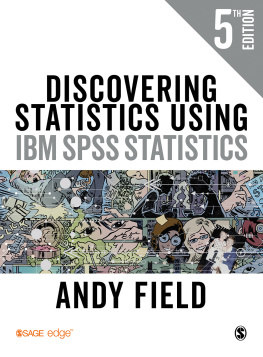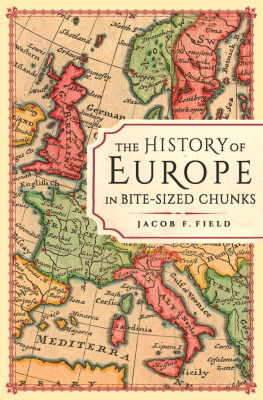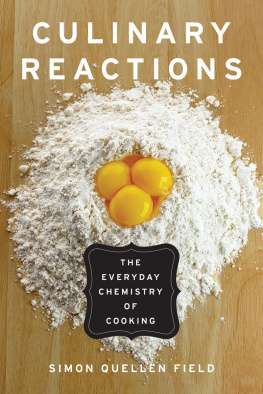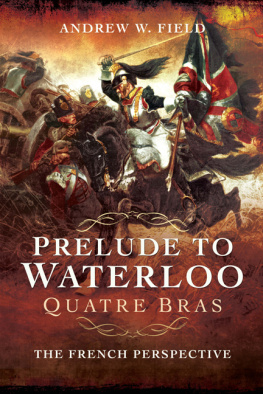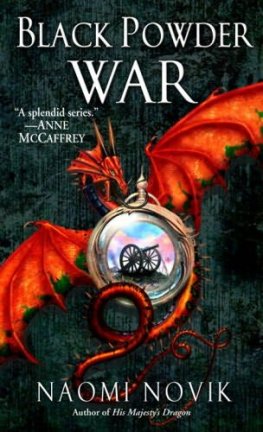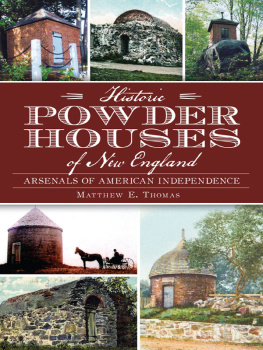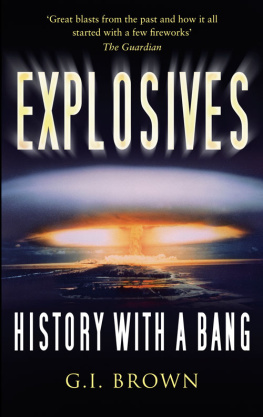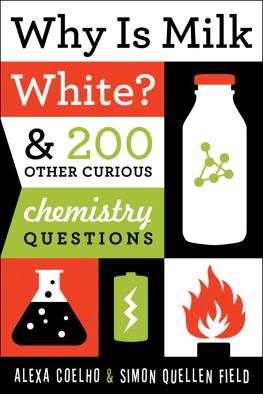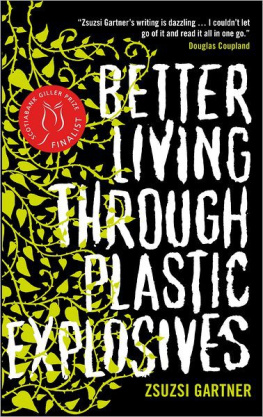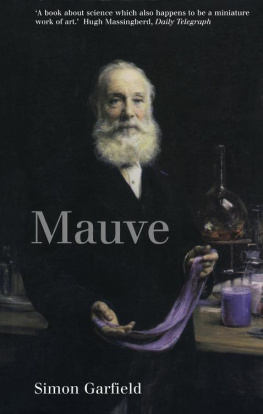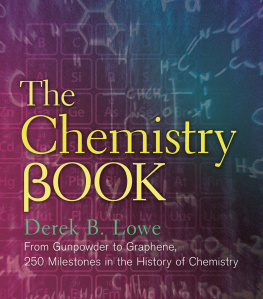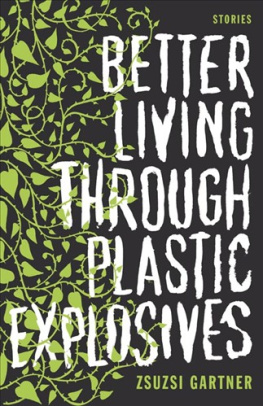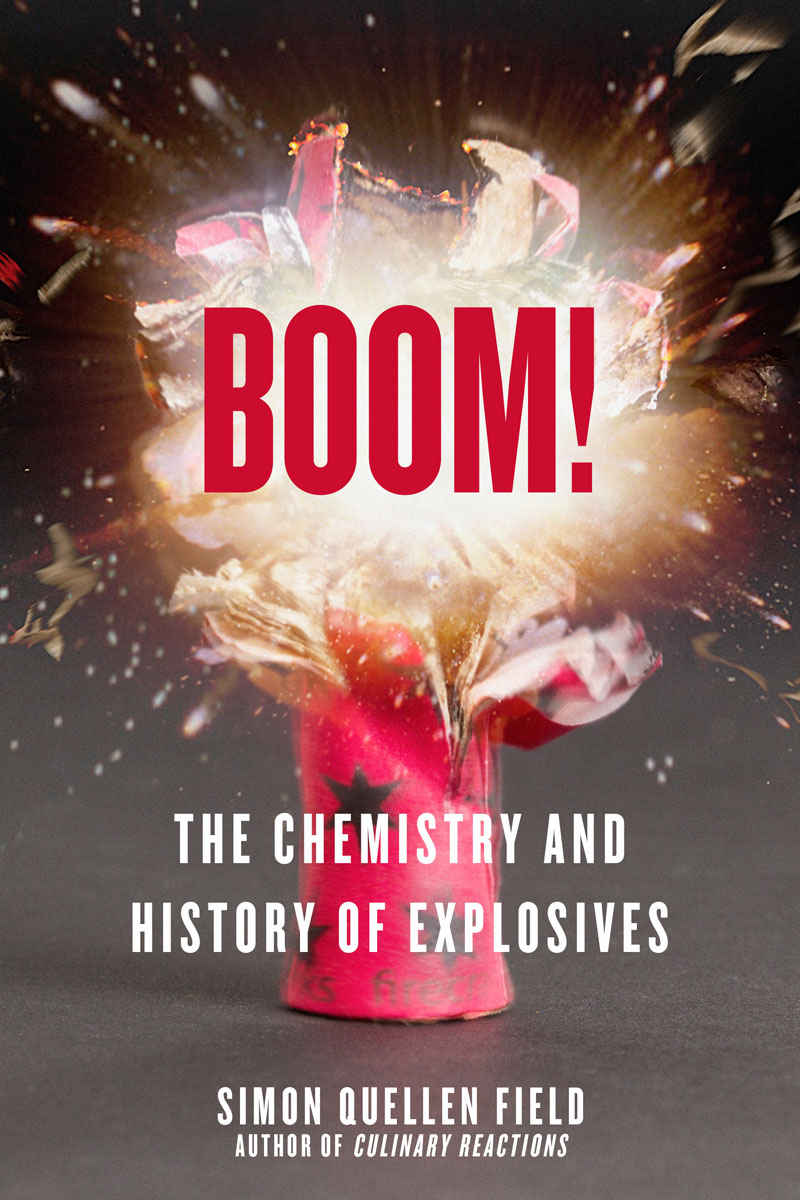

Copyright 2017 by Simon Quellen Field
All rights reserved, including the right to reproduce this book, or portions thereof, in any form.
Published by Chicago Review Press Incorporated
814 North Franklin Street
Chicago, Illinois 60610
ISBN 978-1-61373-805-4
Library of Congress Cataloging-in-Publication Data
Names: Field, Simon (Simon Quellen)
Title: Boom! : the chemistry and history of explosives /Simon Quellen Field.
Description: Chicago, Illinois : Chicago Review Press, [2017] | Includes index.
Identifiers: LCCN 2016047898 (print) | LCCN 2016049739 (ebook) | ISBN 9781613738054 (pbk. : alk. paper) | ISBN 9781613738061 (pdf) | ISBN 9781613738085 (epub) | ISBN 9781613738078 (kindle)
Subjects: LCSH: ExplosivesPopular works. | ExplosivesHistoryPopular works. | Chemical weaponsHistoryPopular works.
Classification: LCC TP270.5 .F54 2017 (print) | LCC TP270.5 (ebook) | DDC 662/.2dc23
LC record available at https://lccn.loc.gov/2016047898
Cover design: John Yates at Stealworks
Cover image: Getty Images/Dimitri Otis
Interior design: Jonathan Hahn
Printed in the United States of America
5 4 3 2 1
To Connor
CONTENTS
Index
INTRODUCTION
B ang!
I always like to start a book off with a bang.
This is a book about bangs. Big ones but also little ones. The tiny bang of a kernel of popcorn exploding into a white fluffy treat. The thousands of little bangs every second that power internal combustion engines. The little bangs of firecrackers and cap guns. The big bangs of lightning and thunder. The explosions of mining, warfare, volcanoes, and collapsing stars.
While many of those explosions are natural, this book is mainly about human-made explosionsthe discoveries that enable them, the people who made the discoveries, and the consequences for good and ill. Not just the who, when, and why but also the how. How did Chinese alchemists come to create black powder? What accidents led to the discovery of high explosives? How do explosives actually work?
There are three groups of explosions: mechanical explosions, chemical explosions, and nuclear explosions.
Mechanical explosions happen when pressure builds up in an enclosed space until the container suddenly bursts to release the pressure, like that kernel of popcorn. It is heated until the water inside turns to steam. The pressure of the steam continues to increase as it is heated until the tough little shell around it bursts. Lightning is a mechanical explosion. The electric current in the lightning bolt heats the air to over 50,000F in less than ten microseconds. The resulting hot air expands at a rate faster than the speed of sound. In this case, the enclosed space is caused by inertial confinement, which just means the heating happens so fast, the expanding gas cant get out of the way fast enough.
Chemical explosions involve fire. They can be reactions that are so fast they mimic lightning in their ability to heat gases faster than they can escape, or they can be slower (but still generally fast) reactions that build up pressure in a container.
Black powder in a musket or firecracker is one example of a reaction that explodes if contained but merely burns in the open. Another is the explosions that happen in an internal combustion engine. It is difficult to make fuels in open air burn fast enough to explode. This is why fuel-air bombs (also called thermobaric weapons) were not invented until World War II and not used much until the Vietnam War in the 1960s.
Accidental chemical explosions happen when fuel and air mix in the right proportions. Coal dust explosions in the confines of a coal mine or flour dust explosions in mills are both deadly examples. Dust explosions are less common without an enclosing mine or building.
The key to chemical explosions is to mix the fuel and the oxidizer (such as air) very well, so that many fuel molecules are in contact with their respective oxidizer molecules. A pile of coal dust will not explode. The fuel and the air do not mix well enough. If the dust is not fine enough, an explosion is less likely. Again, too much of the fuel surrounds more fuel and is not close to the oxidizer.
A second key is the right proportion of fuel to oxidizer. If the fuel is surrounded by too much air, or vice versa, only a part of the mix will burn. The parts that remain merely soak up heat that could have gone into igniting more reactants and absorb some of the kinetic energy that could have gone into bursting the container wall. Ideally, each atom of fuel pairs with an atom of oxidizer, so the reaction goes to completion.
This second concept leads to the definition of lower and upper explosive limits. If there is not enough fuel, known as a lean mixture, a gas or vapor will not burn. If there is too much fuel, a rich mixture, again it will not burn. Some fuels have very narrow limits. Gasoline, for example, will only burn between about 1% to 7% fuel in air. Methane (natural gas), propane, and butane also have narrow combustion ranges. This is why they are safer fuels to use than, say hydrogen, which has a range of 4% to 75%, meaning that almost any amount of hydrogen in air will at least burn, and quite a large range will explode.
This recipe of the right proportions of oxidizer to fuel, mixed as closely as possible, is the hallmark of chemical explosives. The history of gunpowder is all about finding the right proportions of sulfur, charcoal, and nitrates and learning how to mix them so that the particles of each are tiny and homogenous. Later, mixing them so well that the oxidizer and the fuel are on the same molecule produced explosives like guncotton and nitroglycerin.
As humans learned to make many different types of explosives, they found a need to compare them to one another. Most people have a vague understanding that dynamite is more powerful than gunpowder, but what does it mean to be more powerful? Power is energy divided by time. If more energy can be produced in the same time, there is more power. Likewise, if the same energy can be delivered in less time, there is more power. In explosives, this relates to the speed of the chemical reaction that generates the energy.
In historys first explosive, black powder, the chemical reaction happens at a speed slower than the speed of sound in the mixture. Black powder does not detonate. It deflagrates, which just means it burns rapidly. It still delivers quite a bit of energy, but it takes longer to do so. By containing the energy and releasing it suddenly when the container bursts, its power can increase quite a bit. But the total energy has not changed.
In many other explosives, the chemical reaction happens at a rate faster than the speed of sound in the material. A supersonic shockwave propagates through the explosive, releasing the energy faster than heat can be conducted. This is detonation, and the velocity of detonation relates to the power of the explosive.
Around the time of World War I, the explosive trinitrotoluene (better known as TNT) was in widespread use. As more explosives were developed, people needed a way to determine how much of a new explosive they would need to have the same effect they were used to getting with TNT. If an application used a pound of TNT to move rock in a mine or launch a projectile, how much of the new explosive would they need to use?
Next page

